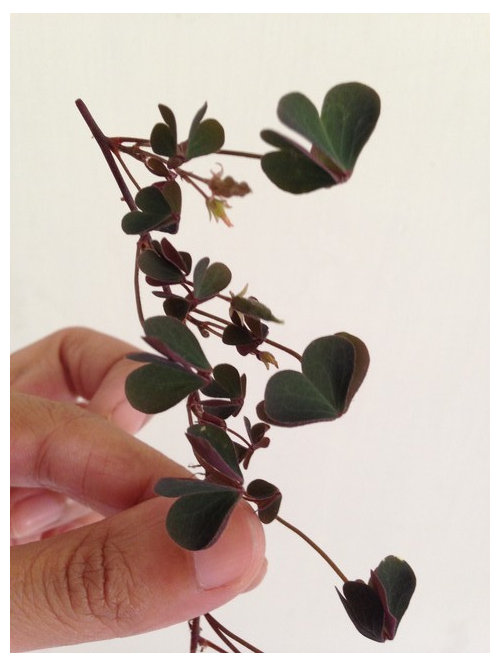Revignize this?
wubya
10 years ago
More Discussions
Hi! I planted lovage seeds a few months ago, and what sprouted was this (picture attached) now they look like little hearts, but nowhere is there a picture of a plant as such under lovage! Anybody tell me what these are?





makalu_gw
gvozdika
Related Professionals
Danbury Landscape Architects & Landscape Designers · Norton Shores Landscape Architects & Landscape Designers · Newcastle Landscape Architects & Landscape Designers · Finneytown Landscape Architects & Landscape Designers · Canton Landscape Contractors · Davidson Landscape Contractors · Elmhurst Landscape Contractors · Eustis Landscape Contractors · Garland Landscape Contractors · Hickory Hills Landscape Contractors · Ocoee Landscape Contractors · St. Louis Landscape Contractors · Tuscaloosa Landscape Contractors · Palos Hills Landscape Contractors · Dorchester Roofing & Guttersseysonn
nickl
nickl
fatamorgana2121
donna_in_sask
nickl
chervil2